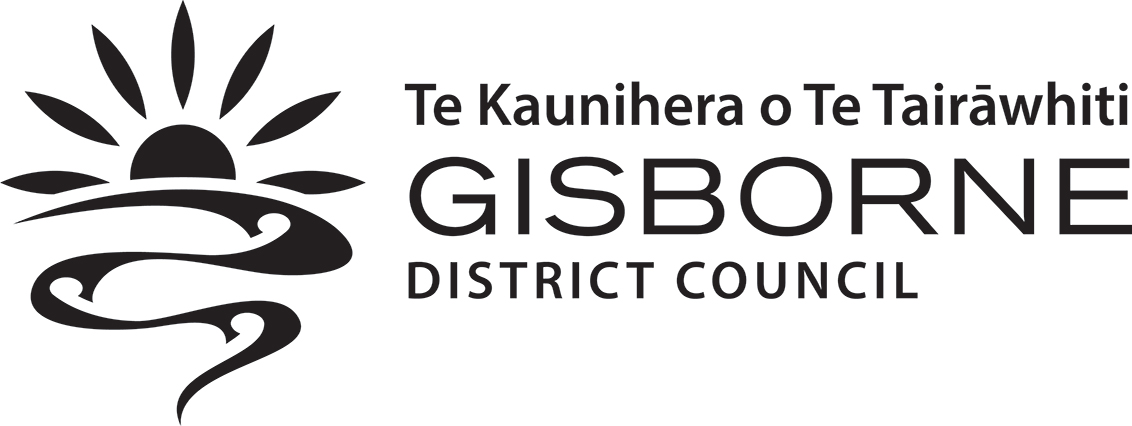.
Emergencies can happen anytime - from earthquakes and floods to fires, tsunami and pandemics. Be ready, stay informed. Know what to do. If life or property is at risk, call 111 immediately.
Monitor rainfall, rivers, roads and subscribe
Stay up to date on weather and roads
Get the latest MetService weather alerts, local road updates and state highway conditions. See more on our Local Road Information
Emergency status and what the warnings mean
Stay informed and prepared. Here's what each status or warning level means:
Weather warning from MetService
Issued when MetService alerts us to severe weather. MetService defines these levels:
- 🟡 Weather Watch (Yellow) – Severe weather is possible but not yet certain. Typically issued 1 - 3 days in advance.
- 🟠 Weather Warning (Orange) – Severe weather is expected and meets MetService’s criteria - heavy rain, strong winds, or snowfall.
- 🔴 Red Warning – Extreme weather is expected to cause significant disruption or damage.
Alert or Activated
Civil Defence has been alerted to a possible situation and is monitoring and gathering information. This may be triggered by:
- MetService - event has started
- Institute of Geological and Nuclear Sciences
- Ministry of Civil Defence and Emergency Management
- Other systems such as telemetry, flood warnings
Declared emergency
A local state of emergency declared under section 68 or section 69 of the Civil Defence Emergency Management Act 2002. This applies when a situation:
- results from a natural or man-made event (eg. earthquake, eruption, tsunami, land movement, flood, storm, tornado, epidemic, technological failure)
- may cause loss of life, injury, illness, distress or endanger public safety or property
- requires a significant and coordinated response beyond emergency services and under the Act.
State of national emergency
Declared under Section 66 of the Civil Defence Emergency Management Act 2002. This applies when a situation affects the whole country or requires national-level coordination.
Be ready for any disaster
Emergencies can happen anytime - are you prepared?
You should be able to cope on your own for at least 5 days. Here's a basic guide to what you'll need:
- An emergency plan - where to meet family and how to contact one another if separated.
- Prepare a grab bag of essential items.
- Enough food in your home to last 5 days.
- Know where to get water, if your usual supply is not available.
- Alternative lighting - a torch with spare batteries or a wind up one, gas lantern or light-sticks.
- Battery operated or wind up radio and spare batteries - don't forget your car radio as a last resort.
- First aid kit, make sure it includes any essential medications.
- Blankets, survival blankets or warm waterproof clothing.
- Alternative cooking methods, BBQ or gas cooker.
- Store important family documents where you can get them easily.
For more information check the Get Ready website
Listen to your radio
Tune into one of the radio stations
| More FM | 98.9 and 90.1 Gisborne |
|---|---|
| 98.9 Wairoa | |
| Tūranga FM | 97.1 |
| Radio Ngāti Porou | 89.3 Tikitiki |
| 90.5 Tolaga Bay / Titirangi | |
| 93.3 Gisborne / Wheatstone | |
| 98.5 Gisborne | |
| 105.3 Te Araroa | |
| 106.5 Tokomaru Bay | |
| Radio NZ | AM 1314 |
| FM 101.3 and 97.3 | |
| Uawa FM | 99.3 |
Our emergency channels
- Tairāwhiti Civil Defence Facebook
- Gisborne District Council Facebook
- Antenno app for alerts and notices
- Subscribe to text alerts (scroll up the page).
